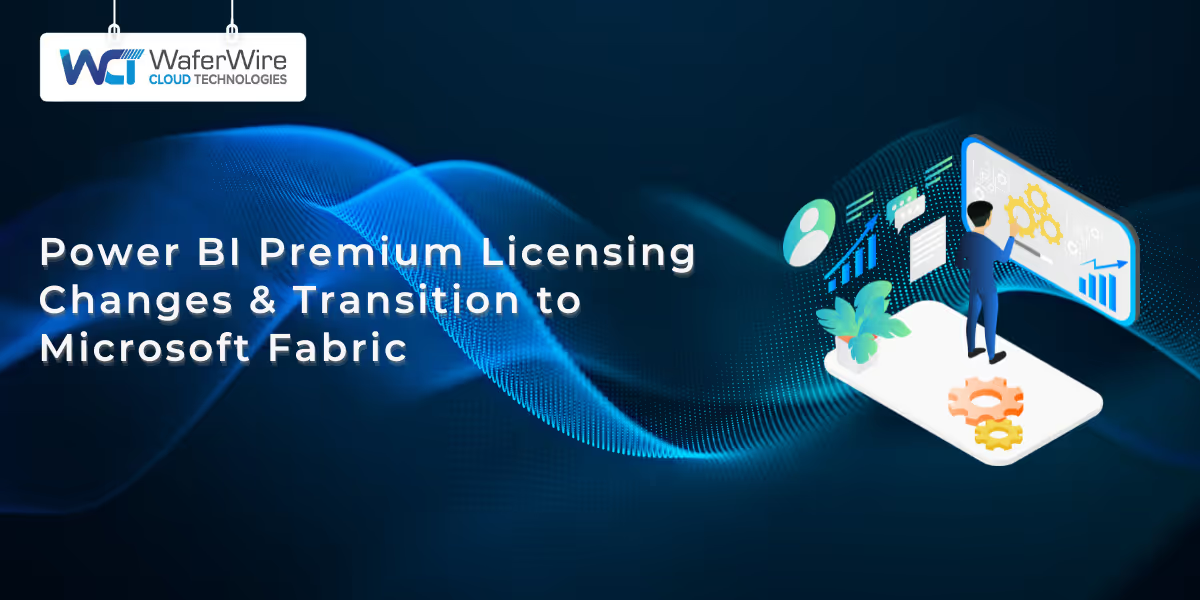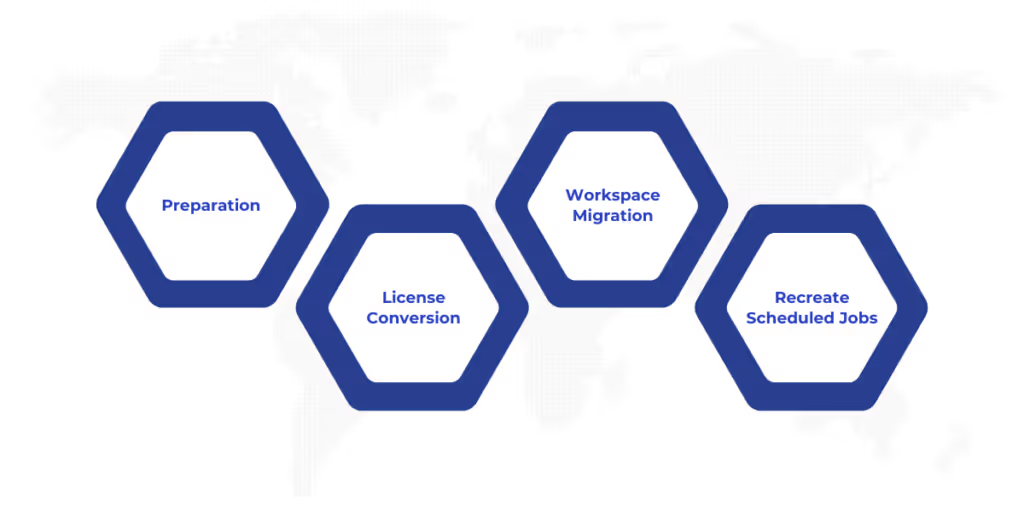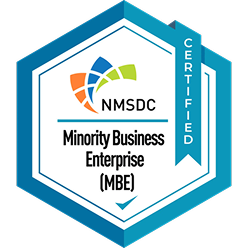

As of 2025, Microsoft has officially retired various Power BI Premium licensing options, signaling the end of life for Power BI Premium. Organizations that were using Power BI Premium will now need to transition to Microsoft Fabric and migrate their existing workspaces by the set deadlines. While this shift might feel like a significant change, it comes with a host of new capabilities and improvements through Microsoft Fabric, which will ultimately enhance your data management, analytics, and business intelligence strategies.
With the Power BI Premium end of life upon us, this is the perfect time to take full advantage of the new and upgraded features within Microsoft Fabric. The transition offers numerous benefits, including improved scalability, more powerful data integrations, and advanced analytics tools—all seamlessly integrated into a unified platform.
In this guide, we will walk you through everything you need to know about the Power BI Premium end of life, how to handle licensing changes, and how to successfully migrate your workspaces to Microsoft Fabric.
With Power BI Premium reaching the end of life, businesses face critical decisions about their analytics future. This isn't just a licensing update; it's a strategic transformation that will reshape how organizations work with data. Here's what you need to know:
With Power BI Premium transitioning to Microsoft Fabric, the most significant shift is the transition from a per-user model to a capacity-based, Azure-based service model. This new structure provides businesses with more flexibility and scalability as they grow, especially for larger enterprises with complex data needs. The shift enables organizations to scale their data capacity according to usage rather than individual licenses.
These licensing changes will have varying impacts depending on the size of the organization and the specific Power BI Premium SKU they were using. The transition is especially important for businesses that are heavily reliant on Power BI Premium.
Despite these significant changes, some aspects of Power BI Premium will continue after the transition to Microsoft Fabric. Businesses that have been using Power BI Premium for a while will find comfort in the fact that many of the features they are already familiar with will remain intact:
In the following section, we will examine how Microsoft Fabric represents a natural evolution from Power BI Premium, serving as a robust tool that significantly enhances data workflows and analytics.
As Power BI Premium reaches its end of life, organizations face the task of migrating to Microsoft Fabric, a comprehensive and unified platform designed to enhance their data strategy. But what exactly is Microsoft Fabric, and how does it fit into this transition?
Microsoft Fabric is a strong, unified software-as-a-service (SaaS) platform that integrates the best features of Power BI, Azure Synapse Analytics, and Azure Data Factory into a single solution. This platform builds upon what Power BI Premium offers by integrating six additional key workloads, including data storage, analytics, and AI capabilities. The end result is a unified, all-in-one platform that streamlines data workflows, increases scalability, and simplifies business intelligence processes.
Microsoft Fabric improves existing capabilities for enterprises switching from Power BI Premium by providing more complex analytics and automation options. The combination of Power BI’s advanced visualization tools with Azure’s processing power gives organizations a robust foundation for making more informed, data-driven decisions.
The transition from Power BI Premium to Microsoft Fabric doesn’t mean leaving behind everything great about Power BI Premium. Instead, Microsoft Fabric is designed to complement and extend the capabilities of Power BI Premium. Here's how:
The clock is ticking on Power BI Premium, and it’s time to plan your migration to Microsoft Fabric. In the next section, we will break down the Fabric enablement process into clear steps.
As Power BI Premium approaches its end of life, migrating to Microsoft Fabric is essential for continuing to leverage the full capabilities of the Microsoft ecosystem. Here’s a closer look at the transition process and the key steps organizations need to take to move from Power BI Premium to Microsoft Fabric successfully.

Migrating to Microsoft Fabric from Power BI Premium requires a clear understanding of the transition process. The steps can be broken down into manageable phases to ensure minimal disruption:
These steps should be followed methodically, with a focus on reducing disruption during the transition.
Before transitioning, it’s essential to ensure that your organization meets the necessary system requirements for Microsoft Fabric setup. Key considerations include:
While the transition to Microsoft Fabric offers many benefits, organizations often face several challenges during the process. Here’s how to address some common concerns:
Having discussed the transition process, it is now time to explore the benefits of migrating to Microsoft Fabric. Next, we’ll dive into how Microsoft Fabric can enhance scalability, provide greater flexibility, and drive overall business efficiency.
One of the primary advantages of moving to Microsoft Fabric is its scalability. Unlike Power BI Premium, Microsoft Fabric offers an architecture that can easily handle large volumes of data without compromising performance. This is crucial for businesses dealing with growing datasets or managing complex, dynamic data environments.
With Microsoft Fabric, the transition from Power BI Premium enables more powerful data integration and real-time insights. This platform elevates data analytics to the next level, providing more profound and more actionable insights that can directly inform business decisions.
The transition from Power BI Premium to Microsoft Fabric introduces new licensing models tailored to optimize both cost and resource utilization for expanding businesses. These changes enable organizations to manage their data efficiently without unnecessary overhead.
As Power BI Premium reaches its end, transitioning to Microsoft Fabric becomes a crucial step for organizations seeking a more integrated and scalable data management solution. This move enhances your data environment and positions your business to capitalize on the latest innovations in data processing and analytics.
However, making this transition smoothly requires more than just following the steps. It requires expertise, guidance, and a clear plan for how Microsoft Fabric can best serve your business goals. That’s where WaferWire comes in. We’re not just another consulting firm; we’re your trusted partner in driving digital transformation.
At WaferWire, we help businesses seamlessly transition to Microsoft Fabric, ensuring you unlock the full potential of your data. From strategy development to implementation and ongoing support, we’re with you every step of the way.
Ready to leap? Don’t wait for the Power BI Premium end of life to catch up with you. Contact us today to schedule a complimentary consultation. We’ll guide you through the entire process.

